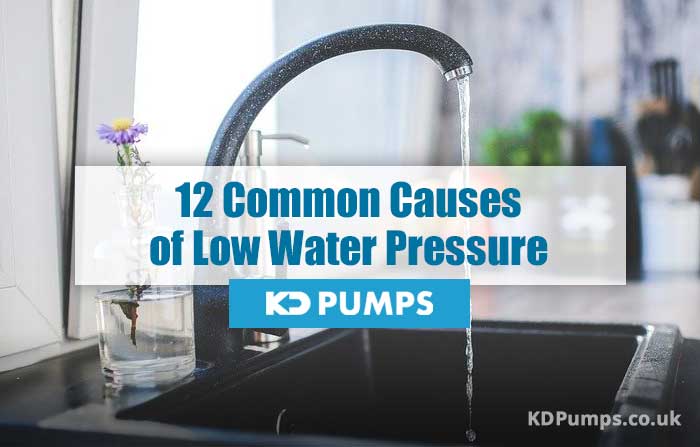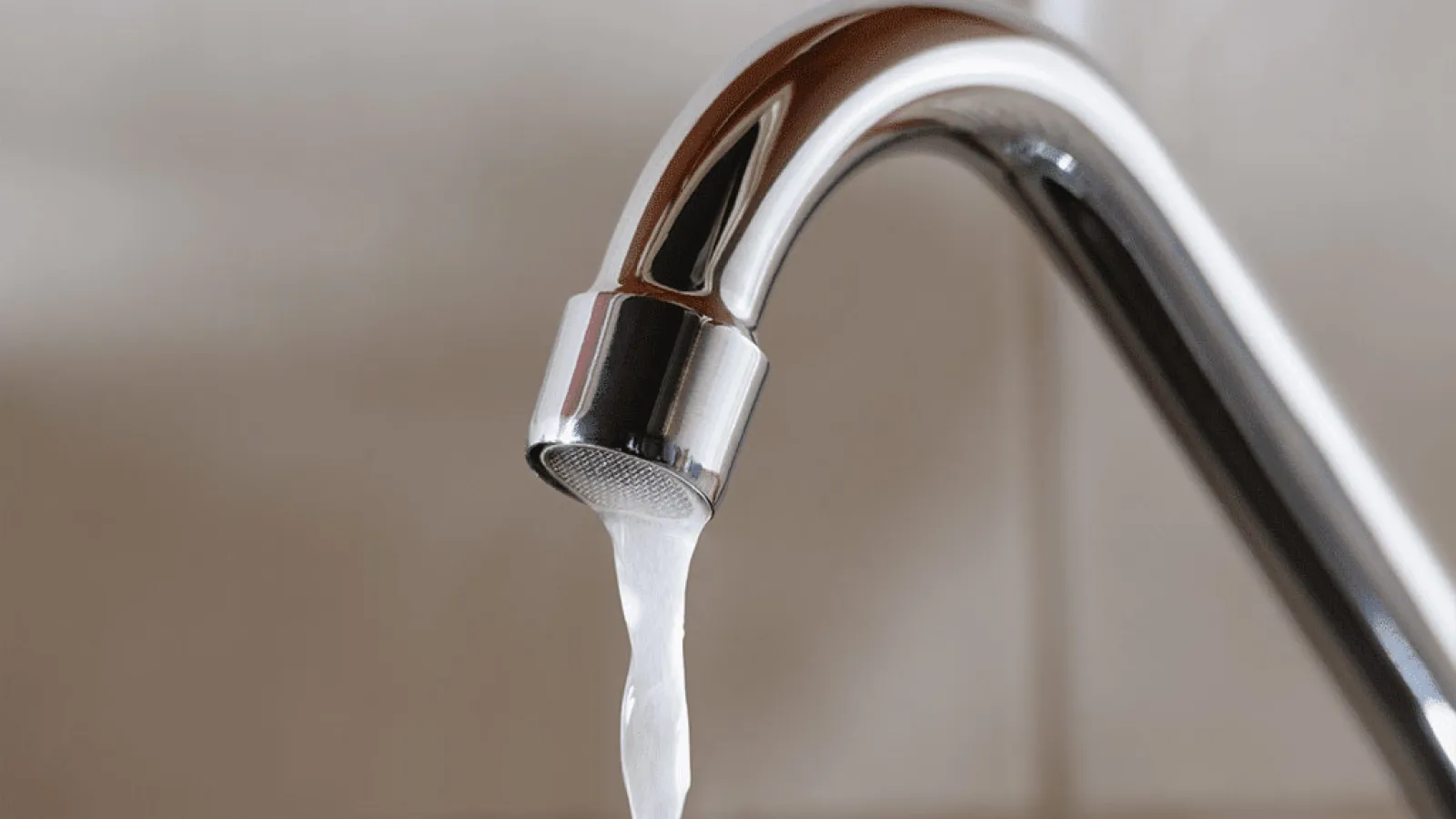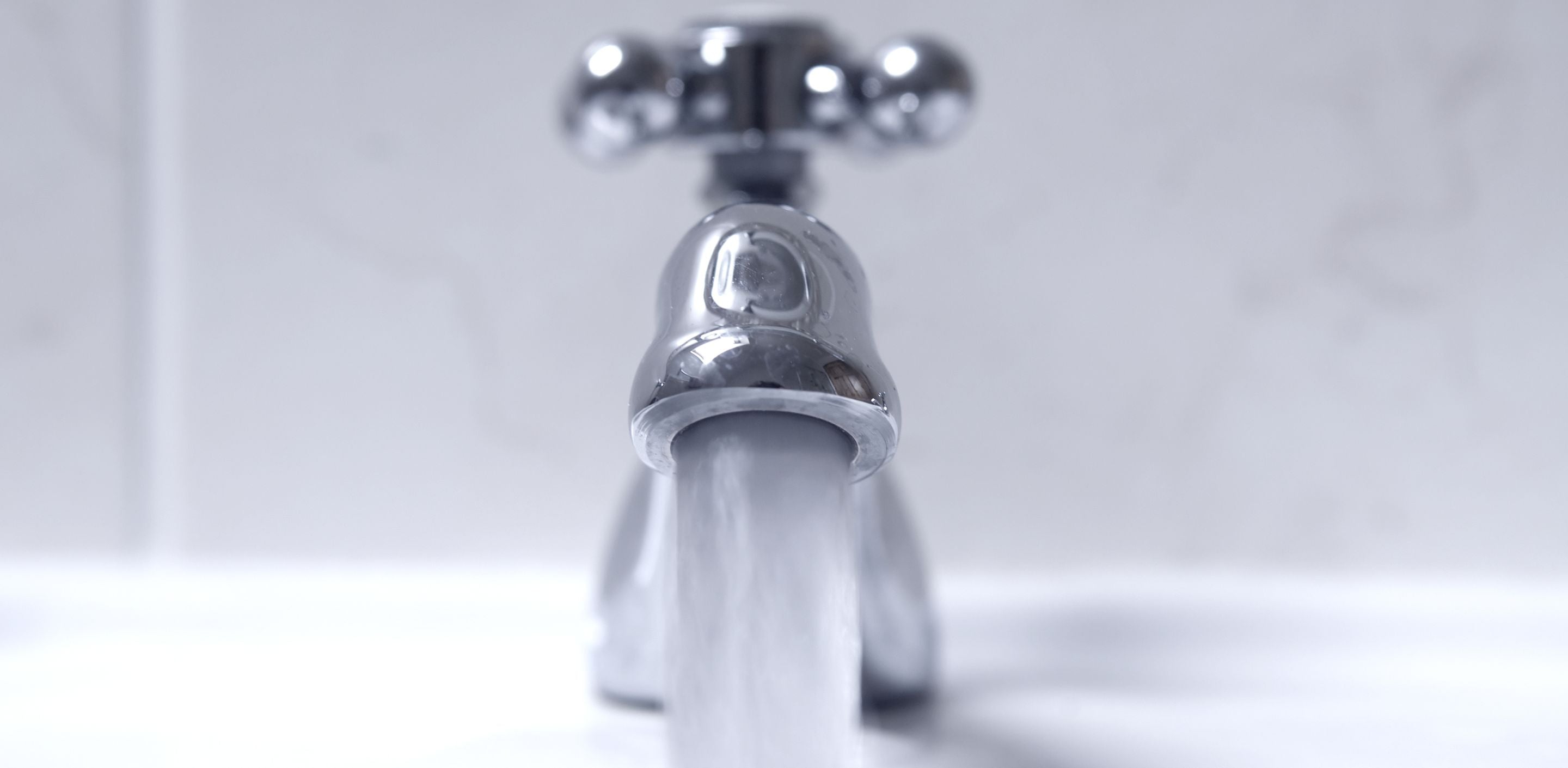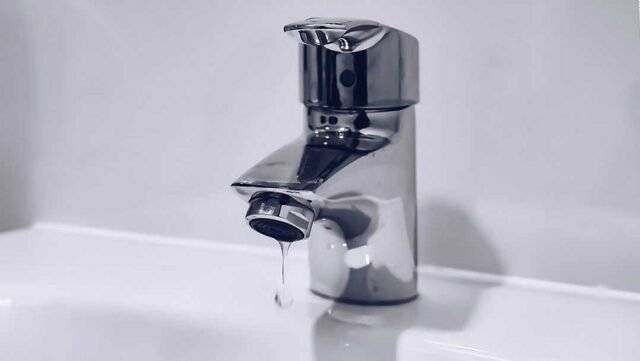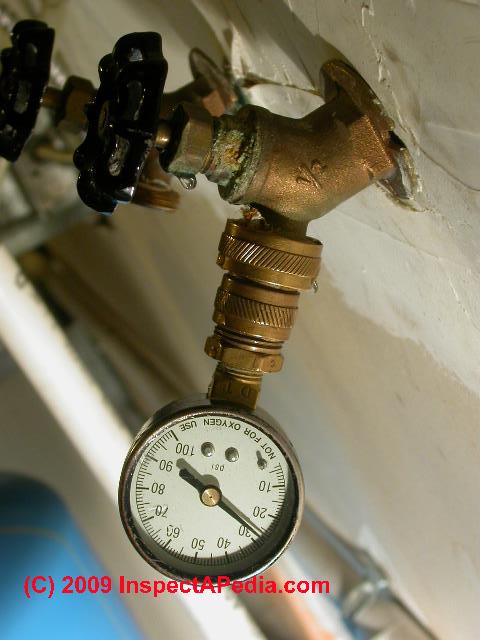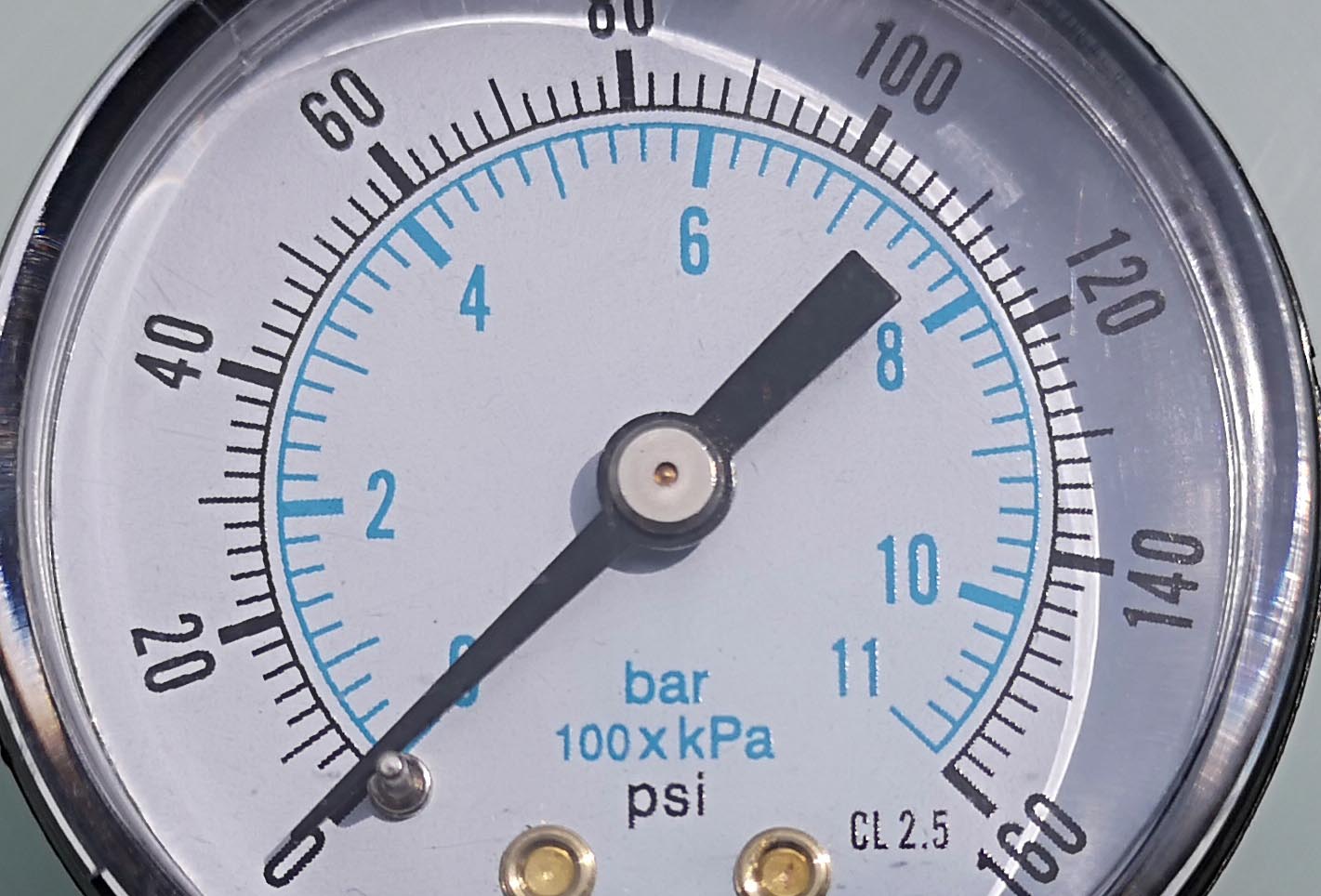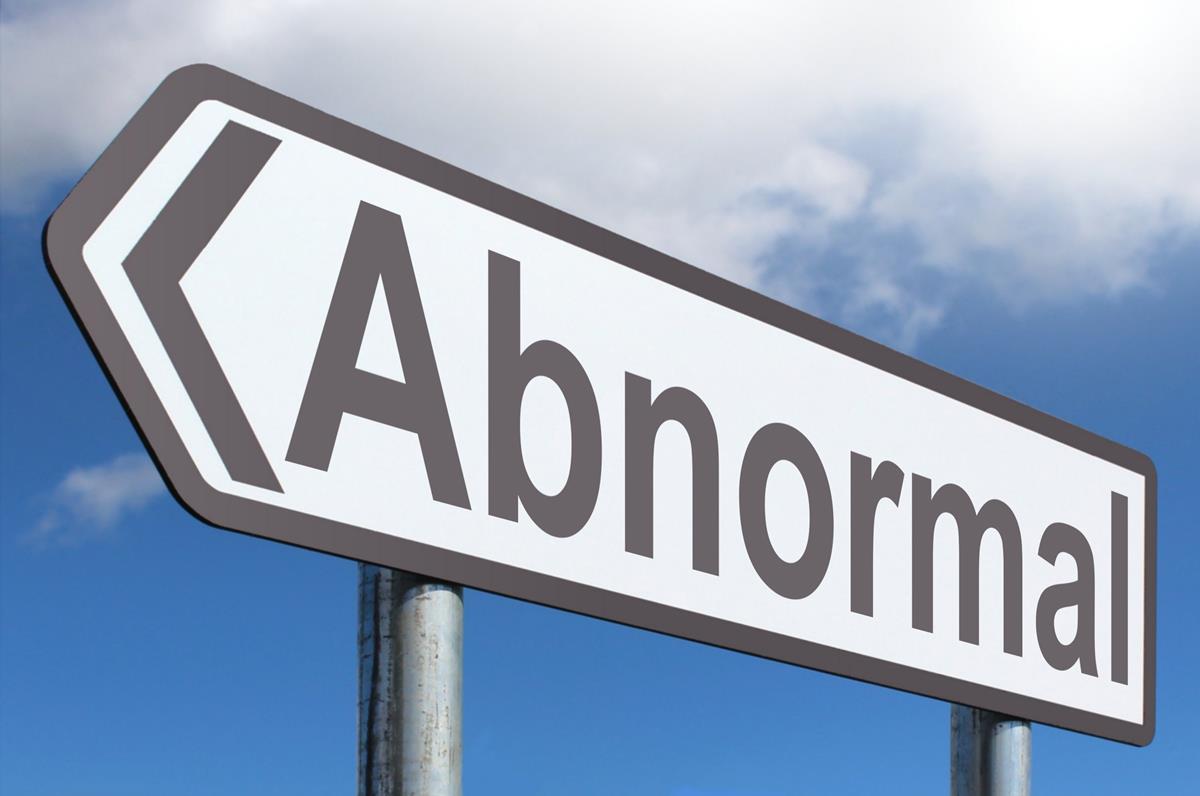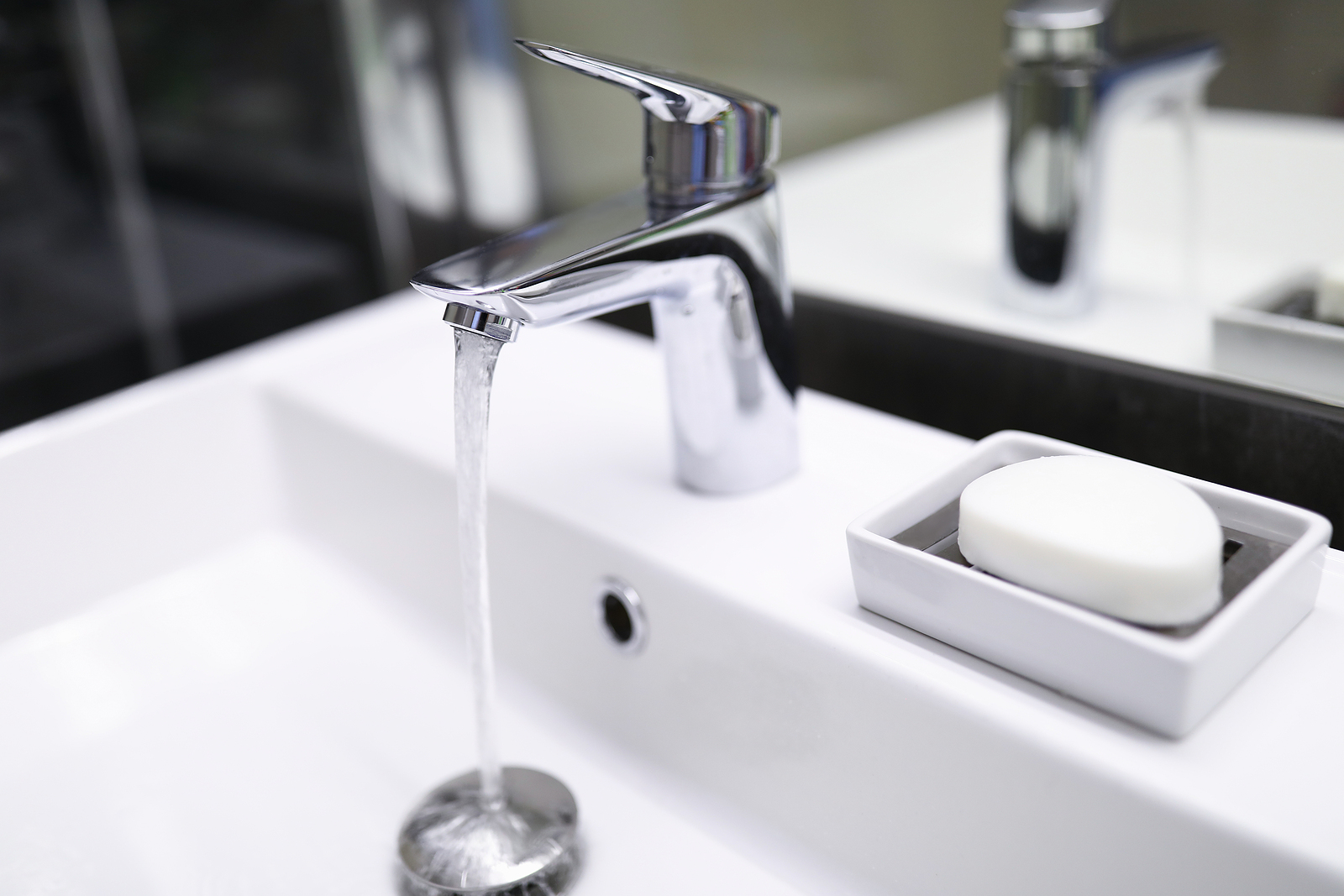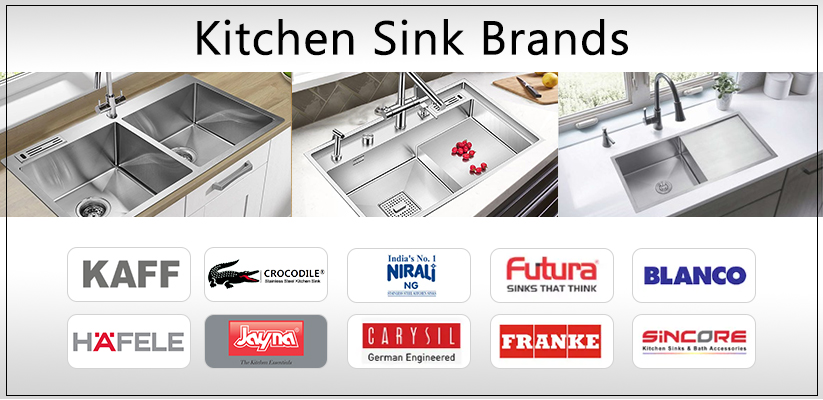When it comes to the water pressure in your kitchen sink, there is a range that is considered normal. Typically, the ideal range for kitchen sink water pressure is between 45-80 pounds per square inch (psi). This range ensures that you have enough pressure to effectively use your sink, but not so much that it causes damage to your plumbing system.What is Considered Normal Water Pressure for a Kitchen Sink?
If you're unsure of your water pressure, there are a few simple steps you can take to check it. First, you can purchase a water pressure gauge from a hardware store and attach it to an outdoor water spigot. Turn on the spigot and the gauge will give you a reading of your water pressure. If your water pressure is below 45 psi, you may want to consider adjusting it. This can be done by turning the pressure regulator located near your main water line. Keep in mind that adjusting your water pressure too high can cause damage, so it's best to consult a professional if you're unsure.How to Check and Adjust Water Pressure in Your Home
If you find that your kitchen sink's water pressure is too low, there are a few things you can do to increase it. First, check the aerator on your faucet. Oftentimes, debris can build up and clog the tiny holes, causing a decrease in water pressure. Cleaning or replacing the aerator can help improve your water flow. You can also try adjusting the pressure regulator as mentioned above, or installing a booster pump to increase the overall water pressure in your home.How to Increase Water Pressure in Your Kitchen Sink
There are a few common reasons why you may be experiencing low water pressure in your kitchen sink. One of the most common causes is a clogged aerator, as mentioned before. Additionally, old or corroded pipes can also restrict water flow and lead to low pressure. Another potential cause is a leak in your plumbing system. If there is a leak somewhere in your pipes, it can affect the overall pressure in your home, including your kitchen sink.Common Causes of Low Water Pressure in a Kitchen Sink
If you've determined that the cause of your low water pressure is a clogged aerator, simply cleaning or replacing it should do the trick. However, if the issue is more complex, such as a leak or corroded pipes, it's best to consult a professional plumber. They will be able to assess the situation and make the necessary repairs to restore your water pressure.How to Fix Low Water Pressure in Your Kitchen Sink
PSI stands for pounds per square inch and is the standard unit of measurement for water pressure. The higher the PSI, the more pressure there is in your water lines. This pressure affects the flow of water through your kitchen sink, and an imbalance can cause issues such as low pressure or bursts in your pipes.Understanding Water Pressure: What is PSI and How Does it Affect Your Kitchen Sink?
If you're curious about your kitchen sink's water pressure, there is a simple way to measure it. You can purchase a water pressure gauge and attach it to an outdoor spigot, as mentioned before. However, you can also measure it with a bucket and a stopwatch. Simply fill the bucket with water, start the stopwatch when you turn on the faucet, and stop it when the bucket is full. Divide the number of seconds by 60 and multiply by the size of the bucket in gallons. This will give you your flow rate, which you can then use to calculate your water pressure.How to Measure Water Pressure in Your Kitchen Sink
If you find that your kitchen sink's water pressure is too high, it's important to address it to avoid potential damage to your plumbing system. You can try adjusting the pressure regulator or installing a pressure reducing valve. It's also a good idea to regularly check and maintain your plumbing system to ensure that the pressure stays within a safe range.What to Do if Your Kitchen Sink Water Pressure is Too High
To maintain normal water pressure in your kitchen sink, it's important to regularly check for any potential issues, such as clogged aerators or leaks. You should also be mindful of what you put down your drain, as debris and grease can build up and cause clogs over time. Regularly cleaning or replacing your aerator can also help maintain proper water flow.How to Maintain Normal Water Pressure in Your Kitchen Sink
If you notice any sudden changes in your kitchen sink's water pressure, it could be a sign of an underlying issue. If your pressure is consistently too high or too low, it's best to consult a professional plumber to address the issue. They will be able to identify the cause and make the necessary repairs to restore your water pressure to normal levels. In conclusion, while the ideal range for kitchen sink water pressure is between 45-80 psi, it's important to regularly check and maintain your plumbing system to ensure that you have a consistent and normal water pressure. If you experience any sudden changes or issues, don't hesitate to call a professional for assistance. By keeping an eye on your water pressure, you can ensure that your kitchen sink continues to function properly. Signs of Abnormal Water Pressure in Your Kitchen Sink and How to Fix Them
The Importance of Normal Kitchen Sink Water Pressure in House Design

Understanding the Basics of Water Pressure in Your Home
 When designing a house, the focus is often on the layout, décor, and functionality of each room. However, one important factor that is often overlooked is the water pressure in the kitchen sink. Many homeowners may not even realize the impact that water pressure can have on their daily activities, such as washing dishes, filling up pots, and even cooking. In this article, we will discuss the importance of normal kitchen sink water pressure in house design and how it can affect your overall living experience.
When designing a house, the focus is often on the layout, décor, and functionality of each room. However, one important factor that is often overlooked is the water pressure in the kitchen sink. Many homeowners may not even realize the impact that water pressure can have on their daily activities, such as washing dishes, filling up pots, and even cooking. In this article, we will discuss the importance of normal kitchen sink water pressure in house design and how it can affect your overall living experience.
The Role of Water Pressure in Your Kitchen Sink
 Water pressure refers to the force at which water flows through your pipes and into your kitchen sink. This force is determined by the amount of water being pumped into your home and the size and condition of your pipes. Normal water pressure for a kitchen sink is typically between 45-80 psi (pounds per square inch). Anything below or above this range can cause problems and affect the functionality of your kitchen sink.
Low water pressure
can be frustrating and time-consuming. It can make it difficult to clean dishes and fill up pots quickly, and can even affect the performance of your dishwasher. This can also lead to using more water than necessary, resulting in higher water bills. On the other hand,
high water pressure
can cause problems such as leaks, burst pipes, and damage to appliances and fixtures. It can also result in a loud and unpleasant sound when using the kitchen sink.
Water pressure refers to the force at which water flows through your pipes and into your kitchen sink. This force is determined by the amount of water being pumped into your home and the size and condition of your pipes. Normal water pressure for a kitchen sink is typically between 45-80 psi (pounds per square inch). Anything below or above this range can cause problems and affect the functionality of your kitchen sink.
Low water pressure
can be frustrating and time-consuming. It can make it difficult to clean dishes and fill up pots quickly, and can even affect the performance of your dishwasher. This can also lead to using more water than necessary, resulting in higher water bills. On the other hand,
high water pressure
can cause problems such as leaks, burst pipes, and damage to appliances and fixtures. It can also result in a loud and unpleasant sound when using the kitchen sink.
Factors That Affect Water Pressure
 There are several factors that can affect the water pressure in your kitchen sink. These include the size and condition of your pipes, the elevation of your home, and the distance from the main water source. If your home is located in an area with low water pressure, it may be necessary to install a booster pump to increase the pressure. On the other hand, if your home has high water pressure, a pressure regulator can be installed to reduce and regulate the pressure.
There are several factors that can affect the water pressure in your kitchen sink. These include the size and condition of your pipes, the elevation of your home, and the distance from the main water source. If your home is located in an area with low water pressure, it may be necessary to install a booster pump to increase the pressure. On the other hand, if your home has high water pressure, a pressure regulator can be installed to reduce and regulate the pressure.
The Importance of Normal Kitchen Sink Water Pressure in House Design
 Having normal water pressure in your kitchen sink is crucial for a functional and efficient household. It not only saves time and money but also ensures the longevity of your appliances and plumbing system. When designing a house, it is important to consider the water pressure and make the necessary adjustments to ensure that it falls within the recommended range. This will not only improve your overall living experience but also add value to your home.
In conclusion, normal kitchen sink water pressure is often overlooked but plays a crucial role in house design. It is important to understand the basics of water pressure and the factors that can affect it. By ensuring that your kitchen sink has normal water pressure, you can enjoy a functional and efficient household, while also protecting your home from potential damages. So, the next time you design a house, don't forget to consider the water pressure in the kitchen sink!
Having normal water pressure in your kitchen sink is crucial for a functional and efficient household. It not only saves time and money but also ensures the longevity of your appliances and plumbing system. When designing a house, it is important to consider the water pressure and make the necessary adjustments to ensure that it falls within the recommended range. This will not only improve your overall living experience but also add value to your home.
In conclusion, normal kitchen sink water pressure is often overlooked but plays a crucial role in house design. It is important to understand the basics of water pressure and the factors that can affect it. By ensuring that your kitchen sink has normal water pressure, you can enjoy a functional and efficient household, while also protecting your home from potential damages. So, the next time you design a house, don't forget to consider the water pressure in the kitchen sink!







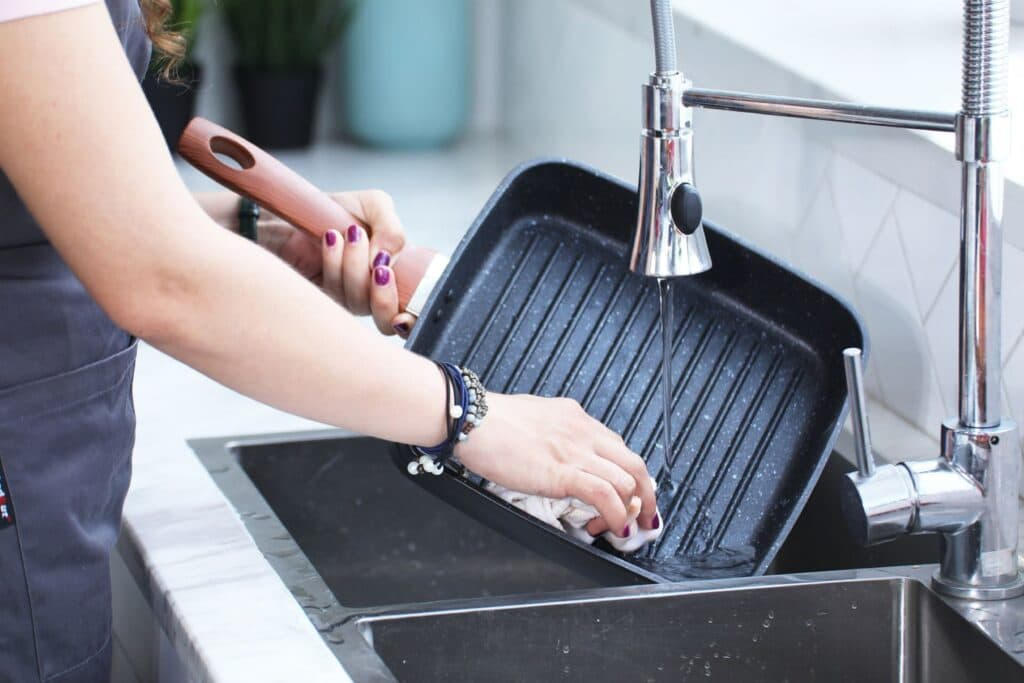


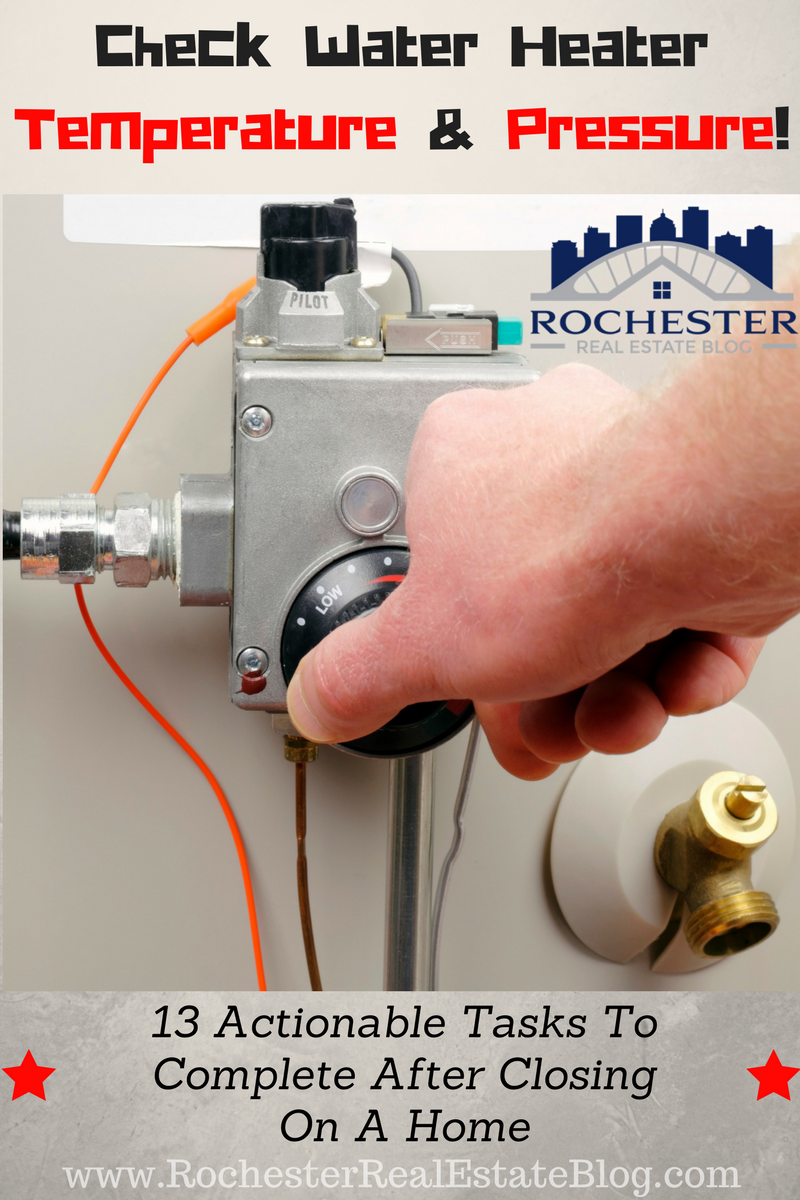

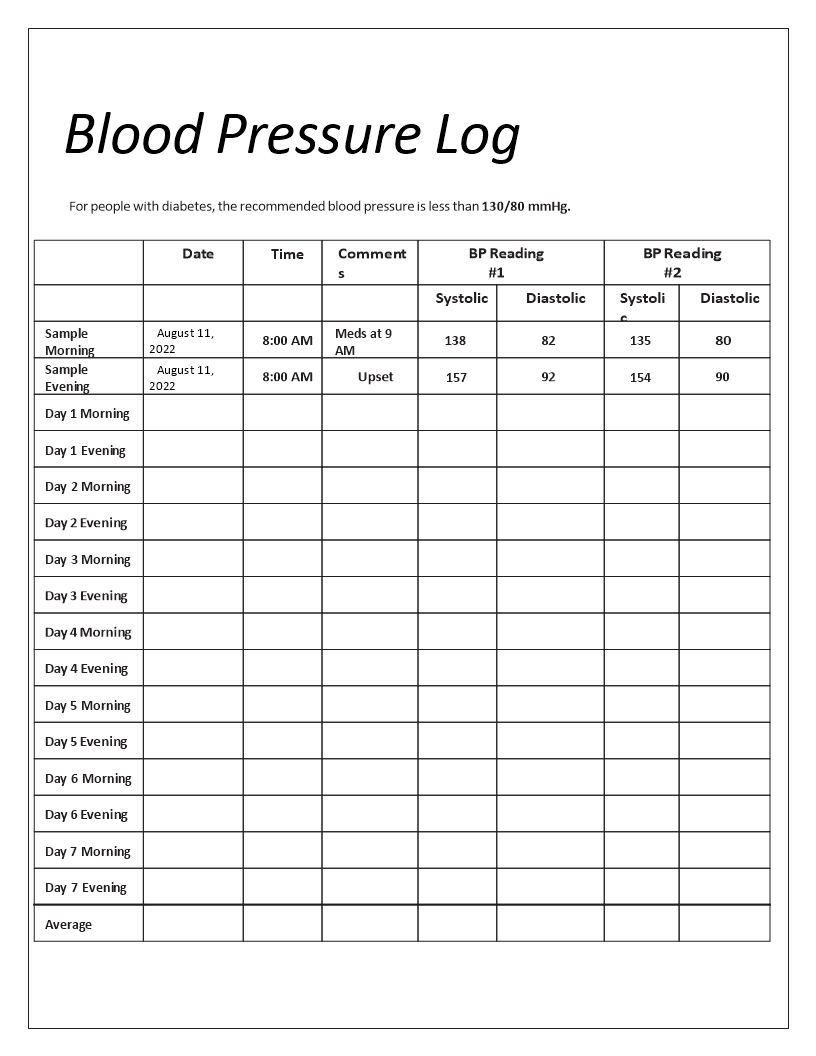
/93097679-56a73c295f9b58b7d0e81657.jpg)
:max_bytes(150000):strip_icc()/testing-water-pressure-in-your-home-2718692-04-c37ab3236d0d4b61b87079ebf9ef823e.jpg)












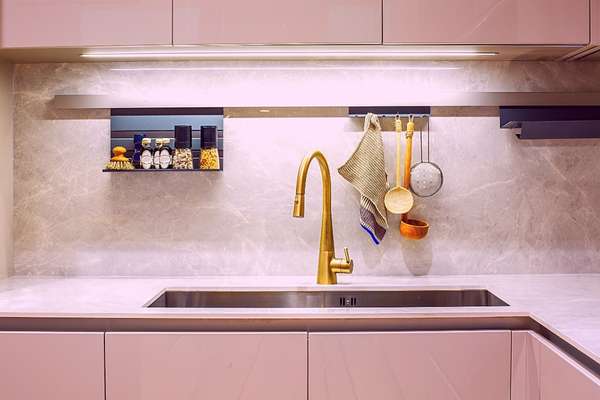

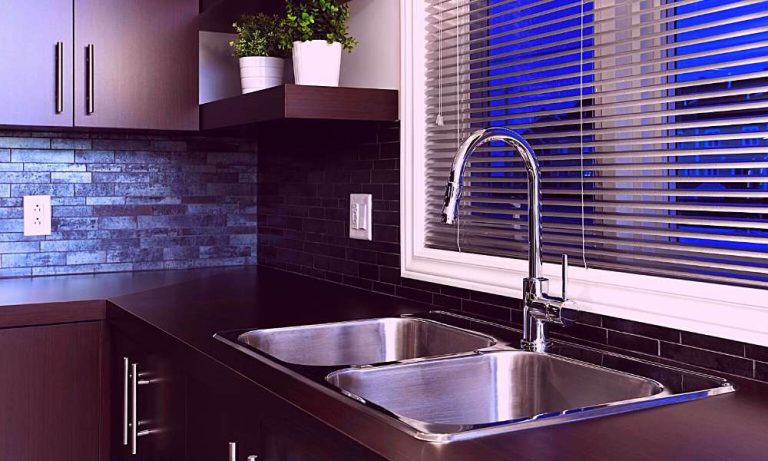








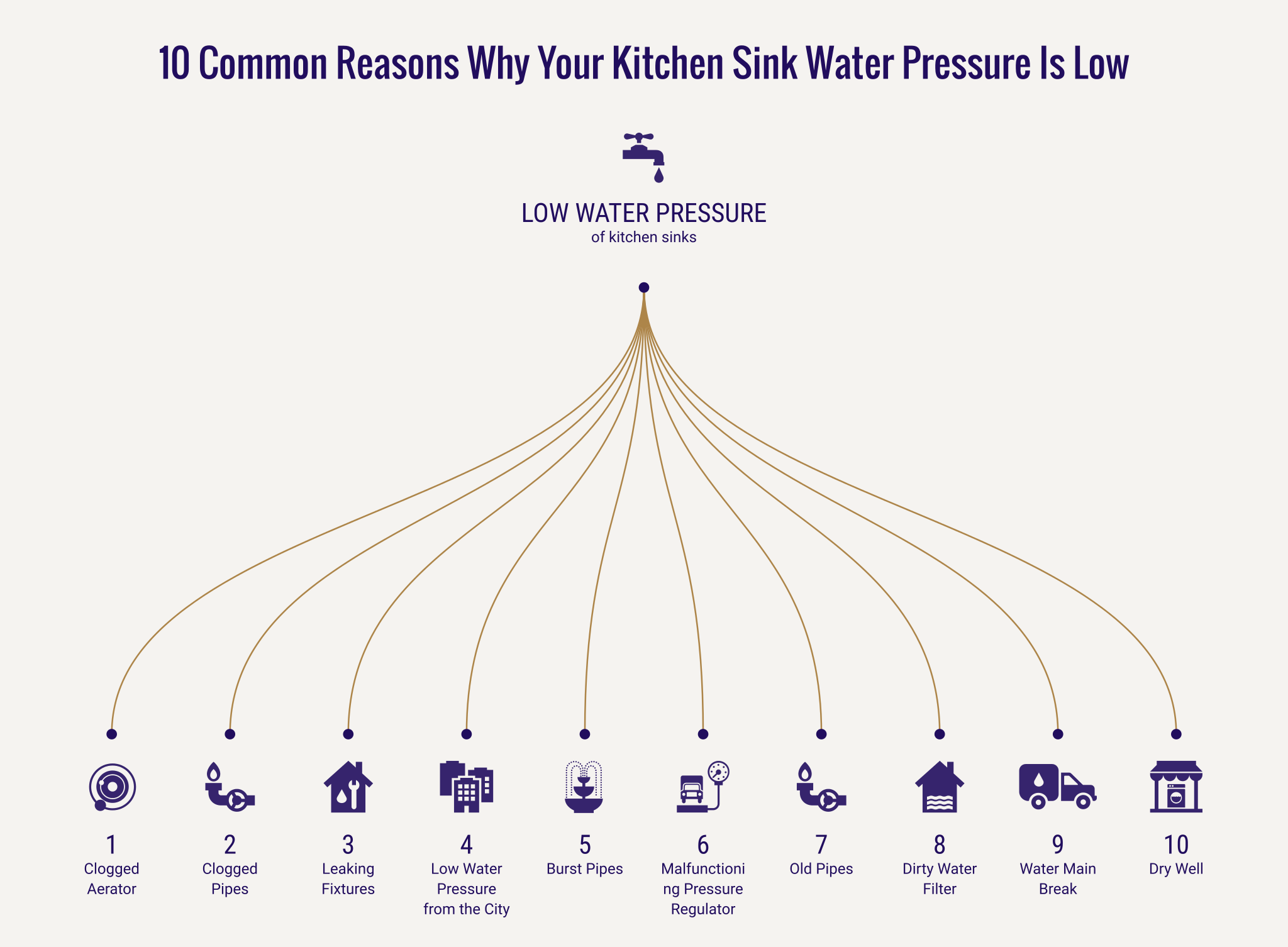
_.jpg)
